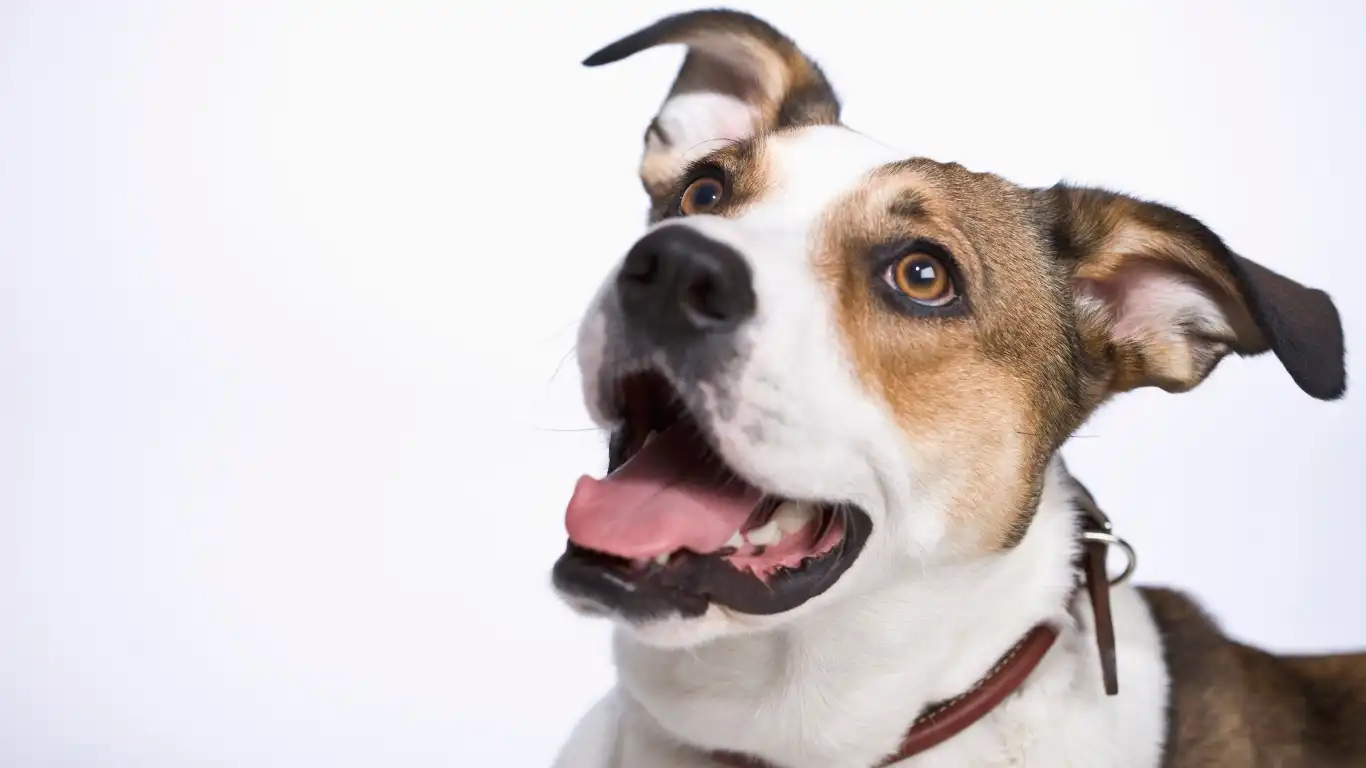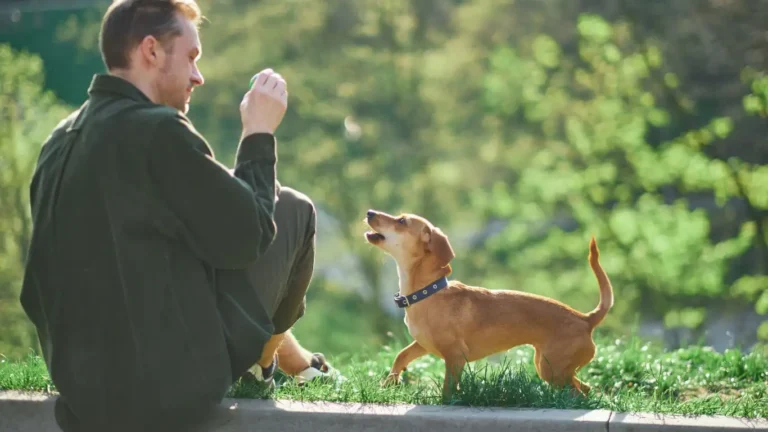How to Build a Daily Checklist for Dog Care: Ultimate Guide for Happy Pets
Hey there! If you’re anything like me, caring for a dog isn’t just a task—it’s a passion. Over the years working as a Veterinary Technician specializing in nutrition, I’ve learned firsthand how important it is to keep things organized and consistent for our furry friends. That’s why how to build a daily checklist for dog care is such a game changer. It helps you cover every base, from feeding to playtime to health checks, without feeling overwhelmed or missing a beat.
Why a Daily Dog Care Checklist Makes Life Easier

When you’re juggling a busy life, the last thing you want is to forget something important in your dog’s routine. A daily checklist doesn’t just keep you on track; it creates a rhythm that your dog will come to rely on. Dogs thrive on consistency, and trust me, as a vet nurse, I’ve seen how a steady routine can significantly improve a dog’s behavior and health.
Plus, having a clear plan means you’ll catch little issues early—whether it’s noticing a change in appetite or spotting unusual behavior. Early detection is key in preventing bigger health problems, and a checklist keeps your eyes sharp.
My Experience With Nutrition and Routine
Nutrition plays a huge role in any dog’s daily care, and this is something I always emphasize. Back when I worked in the clinic, I noticed many pet parents struggled to keep feeding consistent—sometimes skipping meals or mixing up food types. That can really throw off a dog’s digestive system and energy levels. A daily checklist that includes feeding times, portion sizes, and even reminders to check for signs of allergies or intolerances can make a massive difference.
On a practical note, writing down the exact time and amount of food given helps avoid overfeeding, which is a common problem that leads to weight gain and related health issues. Nutrition isn’t just about what you feed; it’s about when and how much.
Key Components to Include in Your Daily Dog Care Checklist

Now, let’s get into the nuts and bolts of building your checklist. What should be on it? Here’s a rundown based on what I’ve seen work best for my clients and in my own experience:
- Feeding schedule: Times, amounts, and type of food.
- Fresh water availability: Change water at least twice a day.
- Exercise and play: Daily walks, play sessions, and mental stimulation.
- Grooming check: Quick inspection for mats, ticks, or dirt.
- Medication or supplements: Note any meds or vitamins to give.
- Behavior observation: Any changes in mood, appetite, or activity.
- Potty breaks: Times and any irregularities to monitor.
- Training reminders: Short sessions for commands or tricks.
When I coach new pet parents, I always say: keep it simple but thorough. Your checklist doesn’t have to be a novel—just a helpful guide that fits your lifestyle and your dog’s needs.
Creating Your Personalized Daily Dog Care Checklist

Alright, now that you know the essentials, let’s talk about how to build a daily checklist for dog care that actually works for you and your pup. There’s no one-size-fits-all when it comes to caring for dogs—every dog is unique, just like their humans. When I worked in the clinic, one thing that stood out to me was how tailoring routines to a dog’s breed, age, and health needs made all the difference.
Here’s a little tip from my experience: start by jotting down your dog’s current daily habits. What time do they usually eat? When do they get their walks? Are there any quirks or special needs? This will give you a solid baseline to build from.
Step 1: Map Out Your Dog’s Daily Routine
Begin by outlining the day in chunks—morning, afternoon, evening. For example, my own dog, Max, gets his breakfast right after I wake up, then a short walk before I leave for work. Afternoons are usually quiet but include a quick potty break and some playtime, while evenings are for longer walks and dinner.
Writing these down helps you see where you can slot in additional care tasks, like grooming or training. Plus, it ensures nothing slips through the cracks when life gets hectic.
Step 2: Prioritize Health and Wellness Checks
As a vet nurse, I can’t stress enough the importance of daily health monitoring. Even small changes in your dog’s behavior, appetite, or appearance can signal something’s up. Incorporate quick health checks into your checklist—these can be as simple as feeling for lumps, checking gums, or watching for limping.
For example, one of my clients caught early signs of dental disease just by noting her dog’s reluctance to eat his morning kibble. Early intervention made all the difference and saved her from expensive treatments later.
Adding Nutrition and Feeding to Your Checklist

Nutrition is the backbone of a healthy dog, and as someone specializing in this area, I always recommend including feeding details in your checklist. Here’s why:
- Consistency: Dogs’ digestive systems appreciate a steady schedule. Feeding them the same times every day supports better digestion and metabolism.
- Portion control: Writing down exact amounts prevents overfeeding and helps maintain a healthy weight.
- Food monitoring: Noting any changes in appetite or reaction to food can alert you to allergies or intolerances.
Personally, I always tell pet parents to keep a small journal or app note about their dog’s eating habits. It might seem like overkill, but when you combine it with your checklist, it’s easier to spot trends and adjust diets as needed.
Supplement and Medication Reminders
Whether your dog is on joint supplements, vitamins, or medication, integrating these into your checklist is a lifesaver. Forgetting a dose can lead to flare-ups or setbacks, especially with chronic conditions.
In the clinic, we often provided clients with printed checklists that included time slots for meds and supplements. This simple step increased compliance dramatically and made treatment more effective.
Incorporating Exercise and Mental Stimulation

Exercise is another vital part of daily dog care, and it’s something I see pet parents underestimate all the time. Dogs don’t just need physical activity—they need mental stimulation too. Boredom can lead to destructive behaviors, anxiety, and weight gain.
Your checklist should include daily walks tailored to your dog’s breed and energy level, but don’t stop there. Adding short training sessions, puzzle toys, or scent games can keep their brains sharp and happy.
When I worked with high-energy breeds, I always suggested breaking exercise into manageable chunks throughout the day. Even five minutes of focused play can make a difference in their mood and behavior.
Grooming and Hygiene Tasks
Last but definitely not least, don’t forget to add grooming basics to your checklist. This doesn’t mean a full bath every day, but quick checks and maintenance—like brushing, ear cleaning, and nail inspection—can prevent discomfort and infections.
One quick daily brush session was all it took for my long-haired rescue to stay tangle-free and happy. Grooming can also be a bonding moment, so I always encourage pet parents to make it part of the daily routine rather than a dreaded chore.
Tips for Keeping Your Daily Dog Care Checklist Practical and Fun

One thing I’ve learned from years as a Veterinary Technician is that the best checklists are the ones you actually use every day. It sounds obvious, but if your list feels like a chore or is too complicated, it won’t stick. Here are some tips from my personal experience on making your daily checklist for dog care both practical and enjoyable.
Keep It Simple and Adaptable
Start small. If you’re new to routines, don’t overwhelm yourself with a 20-point list. Focus on the absolute essentials first—feeding, water, exercise, and a quick health check. Once you’re comfortable, you can add grooming or training reminders. Life happens, so allow yourself the flexibility to adjust your checklist as needed. Some days might be busier than others, and that’s okay.
Use Tools That Work for You
Whether it’s a paper planner, an app, or a whiteboard on the fridge, choose a method that fits your style. I’ve seen clients thrive with simple checklists printed and hung in their dog’s feeding area, while others prefer smartphone apps that send notifications. Personally, I like a combo of both—a quick note on my phone and a visible list in the kitchen to keep me accountable.
Make It a Bonding Experience
Daily dog care isn’t just about ticking off boxes—it’s quality time. Use your checklist moments to strengthen your bond with your dog. For instance, grooming can turn into a relaxing massage, and training sessions are great opportunities for praise and connection. When your dog senses your attention and care, they respond with trust and affection.
Common Challenges and How to Overcome Them

Even with the best intentions, sticking to a daily routine can get tricky. Here are some common hurdles I’ve seen and a few tips on how to tackle them:
- Busy schedules: If you’re working long hours or have a hectic lifestyle, try breaking care tasks into small chunks throughout the day. Even a quick potty break or a five-minute training drill counts.
- Multiple pets: Juggling care for more than one dog can be overwhelming. Creating individual checklists or color-coding tasks can help keep things organized.
- Forgetting tasks: Setting reminders on your phone or syncing your checklist with a calendar can drastically reduce the chances of missing important care steps.
- Uncooperative dogs: Some dogs resist grooming or training. Patience, positive reinforcement, and breaking tasks into smaller steps usually help. If needed, consult a vet or trainer for personalized advice.
Why Consistency Is Key in Your Daily Dog Care Checklist
One of the biggest takeaways from my vet nursing experience is that consistency in daily care makes a world of difference. Dogs, just like us, respond well to routines. When their needs are met reliably, they feel secure, which reduces stress and behavioral problems.
Consistency also helps you detect when something’s off. If your dog suddenly refuses food or seems less active on a day they’re usually full of energy, you’ll notice it quicker when you have a routine to compare against. That early awareness is invaluable and often leads to better health outcomes.
So, while building and sticking to your checklist might take a bit of effort upfront, the payoff is a happier, healthier dog and a more confident pet parent.
Final Thoughts on Building a Daily Checklist for Dog Care
Creating your personalized daily checklist is all about balancing your dog’s unique needs with your lifestyle. From nutrition and exercise to health monitoring and grooming, each task plays a role in your dog’s well-being. Remember, it’s a living document—one you can tweak as you learn more about what works best for your furry companion.
By putting this routine in place, you’re not just improving your dog’s quality of life—you’re also strengthening the bond you share. After all, caring for dogs is about love, attention, and making sure they thrive every single day.
References
- American Animal Hospital Association (AAHA)
- American Veterinary Medical Association (AVMA)
- American Gastroenterological Association
Disclaimer
This article is intended for informational purposes only and does not replace professional veterinary advice. Always consult your veterinarian for personalized recommendations and health concerns regarding your dog’s care.






